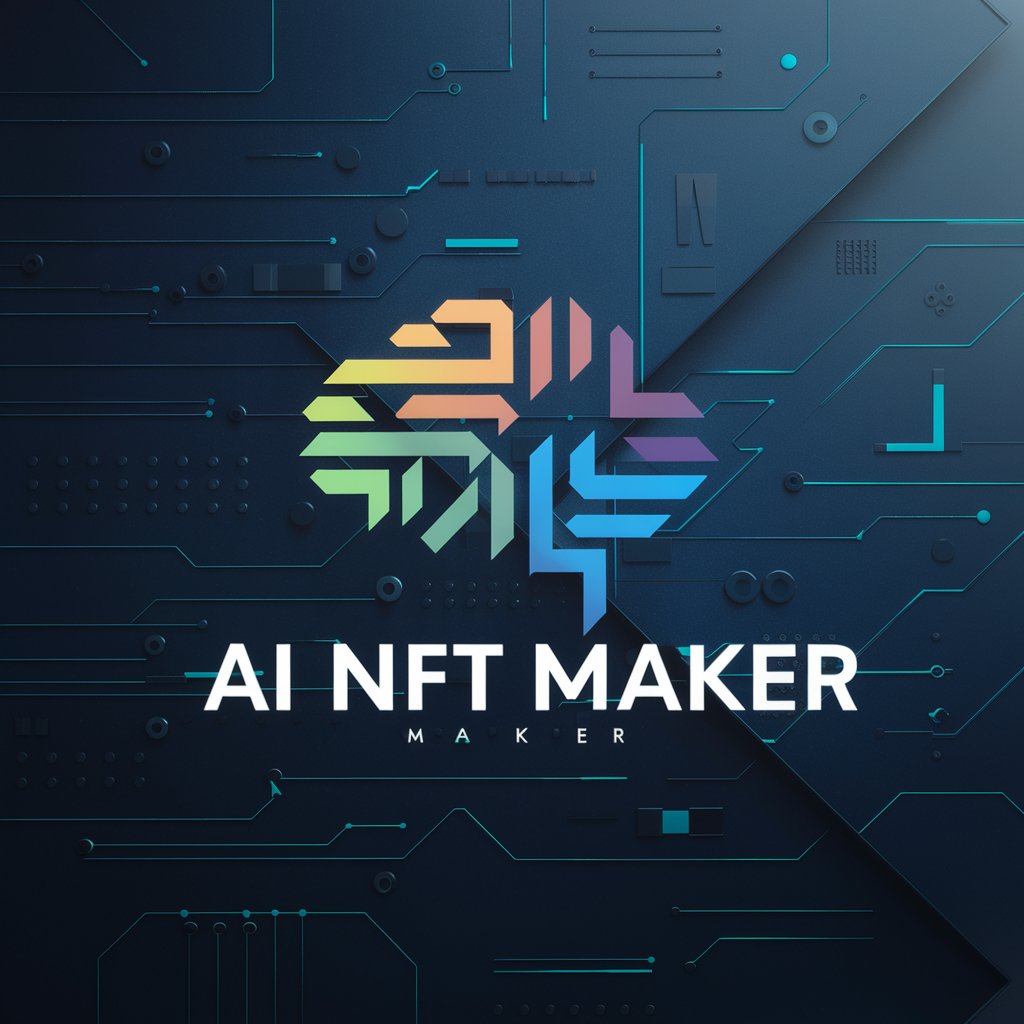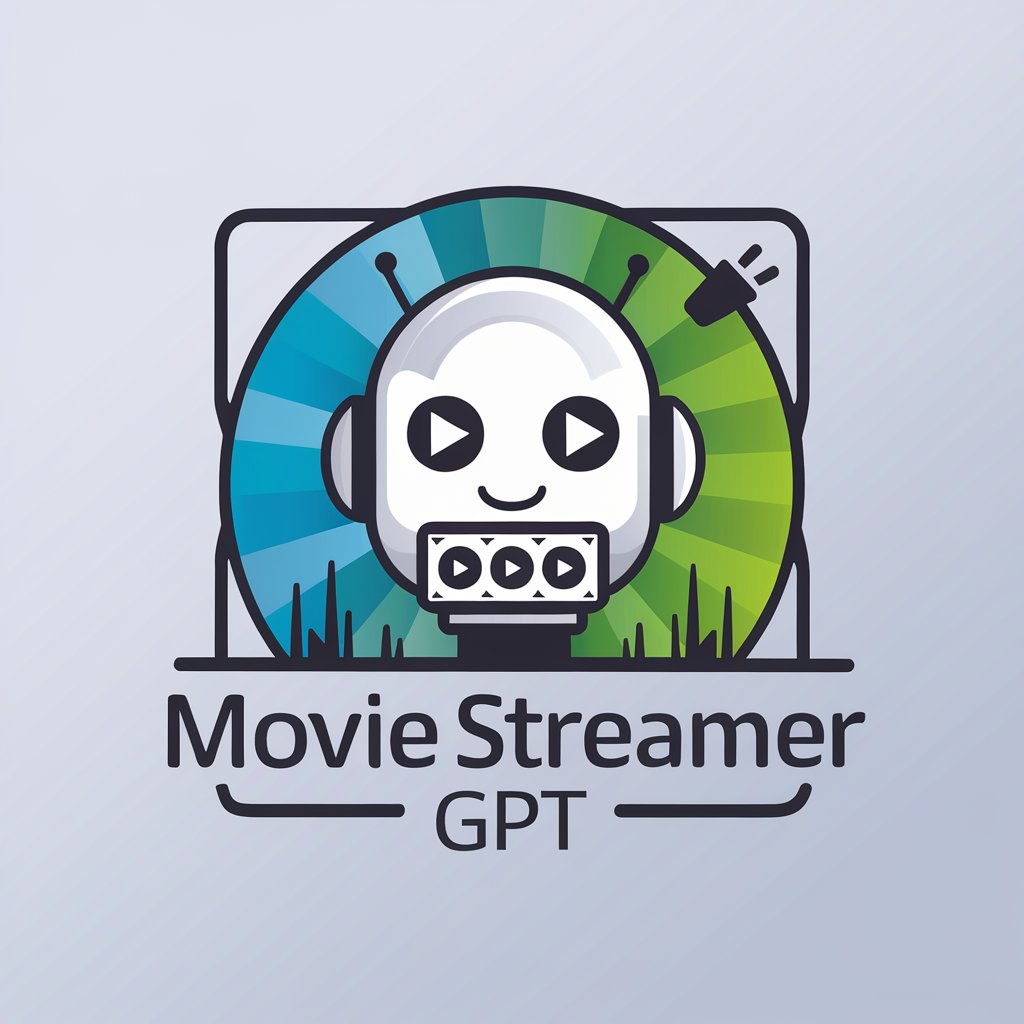Data Decipher GPT - Powerful Data Analysis

Hello! I'm here to help you decipher your data.
Insightful AI-Powered Analysis
Explain this dataset to me.
Predict trends from these numbers.
How do I visualize this data?
Summarize these findings.
Get Embed Code
Overview of Data Decipher GPT
Data Decipher GPT (DDG) is a specialized AI model designed to interpret and analyze complex datasets to provide actionable insights and recommendations. Its core purpose is to aid users in navigating through extensive data, identifying trends, and drawing conclusions that support data-driven decision-making. DDG can predict outcomes, suggest strategies based on data, and offer clear explanations of data patterns. For example, in a scenario where a business needs to understand customer behavior trends, DDG can analyze transactional data to highlight spending patterns, predict future buying behaviors, and suggest targeted marketing strategies. Powered by ChatGPT-4o。

Core Functions of Data Decipher GPT
Data Analysis
Example
Analyzing sales data to identify seasonal trends.
Scenario
A retail company uses DDG to understand which products sell best during different seasons. DDG processes historical sales data to pinpoint which items are popular in specific months, helping the company to optimize their stock levels and promotional strategies.
Predictive Analytics
Example
Predicting customer churn in a subscription service.
Scenario
A telecom operator employs DDG to predict which customers are likely to cancel their services within the next month. By analyzing customer activity, service usage patterns, and feedback, DDG provides predictions along with factors influencing churn, enabling targeted customer retention efforts.
Data Visualization
Example
Creating interactive dashboards for real-time data monitoring.
Scenario
A logistics firm integrates DDG to develop real-time dashboards that monitor vehicle performance and delivery statuses. These visualizations help managers to instantly identify delays or issues, streamline operations, and improve delivery efficiency.
Target User Groups for Data Decipher GPT
Business Analysts
Business analysts can use DDG to dive deep into market data, competitor analysis, and internal company metrics to inform strategic decisions. The ability to quickly interpret complex datasets and provide visualization makes DDG ideal for enhancing business intelligence.
Research Scientists
Research scientists in fields like epidemiology or environmental studies can utilize DDG to analyze large volumes of data for patterns and predictions, significantly speeding up research findings and improving the accuracy of their studies.
Financial Analysts
Financial analysts benefit from DDG's predictive analytics and data visualization capabilities for risk assessment, investment opportunities, and market trend analysis. This enables them to provide better advice and investment strategies to their clients.

Guidelines for Using Data Decipher GPT
Initial Setup
Access a free trial without the need to log in or subscribe to any premium services by visiting yeschat.ai.
Define Objective
Identify and clarify your data analysis objectives. Common uses include market analysis, academic research, and performance metrics evaluation.
Prepare Data
Ensure your data is well-organized and formatted appropriately (CSV, Excel, JSON) for analysis. Cleanse the data of any inaccuracies or irrelevant information to improve accuracy.
Interact with DDG
Input your data and ask specific questions or request analyses. Use clear and precise queries to obtain the best results.
Review Outputs
Examine the insights and visualizations provided. Utilize the output to make informed decisions or further refine your analysis strategy.
Try other advanced and practical GPTs
realty pt 3
Harness AI for Real Estate Decisions

Tech Innovator GPT
Powering Your Tech Potential

Skinner Box Office
Decoding Behavior with Film

Fantasy Illustrator
Envisioning Your Fantasy Worlds with AI

FantasyKing
Craft Your Tale, Choose Your Path

Romanautor
Unleash creativity with AI-driven narrative design.

Realty PT 4
Power your property decisions with AI-driven school insights.

Legal Guardian GPT
Navigate Legal Complexities with AI

Visionary Strategist GPT
Empowering strategy with AI

Financial Advisor GPT
Empowering Financial Decisions with AI

AI NFT Maker
Transforming Ideas into Unique NFTs

Movie Streamer GPT
Stream Smarter with AI-Powered Insights

Frequently Asked Questions about Data Decipher GPT
What types of data can Data Decipher GPT analyze?
Data Decipher GPT is capable of analyzing various types of structured data, including numerical data, time-series data, and categorical data across multiple industries like finance, healthcare, and education.
Can Data Decipher GPT predict future trends?
Yes, using advanced statistical models and machine learning algorithms, it can forecast future trends based on historical data, aiding in predictive analysis for business forecasting or academic research.
Is there a limit to the size of data I can analyze with DDG?
Data Decipher GPT can handle large datasets efficiently, but optimal performance is usually ensured by analyzing datasets that are well-structured and cleaned of irrelevant information.
How does Data Decipher GPT ensure the accuracy of its analysis?
DDG utilizes robust data processing techniques and algorithms to maintain high accuracy. Regular updates and tuning of models also help in adapting to new data patterns and structures.
Can I use DDG for academic purposes?
Absolutely, DDG is highly beneficial for academic research, providing tools for data analysis, trend identification, and results visualization which can be crucial for writing research papers or completing theses.
